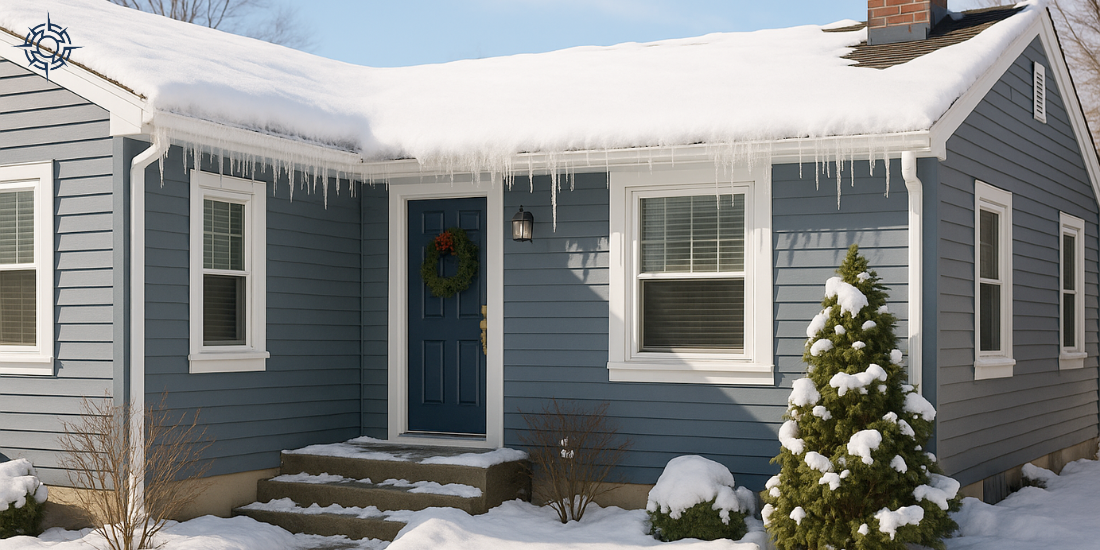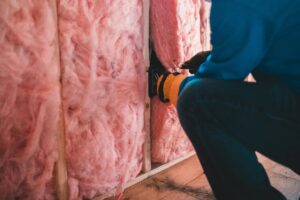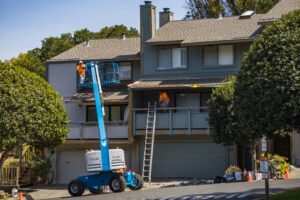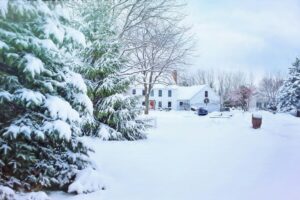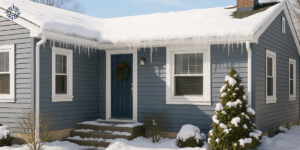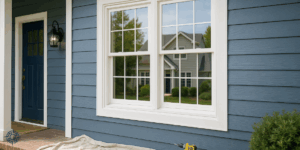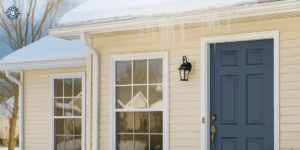Minnesota winters are no joke. With temperatures plunging below zero and heavy snow a regular occurrence, homes that aren’t properly winterized face real risks. Without preparation, you may see skyrocketing energy bills, ice dams that damage your roof, frozen pipes, and exterior wear that shortens the lifespan of your siding, decks, and gutters. For snowbirds leaving homes vacant, the stakes are even higher—small problems can escalate quickly without anyone around to spot them.
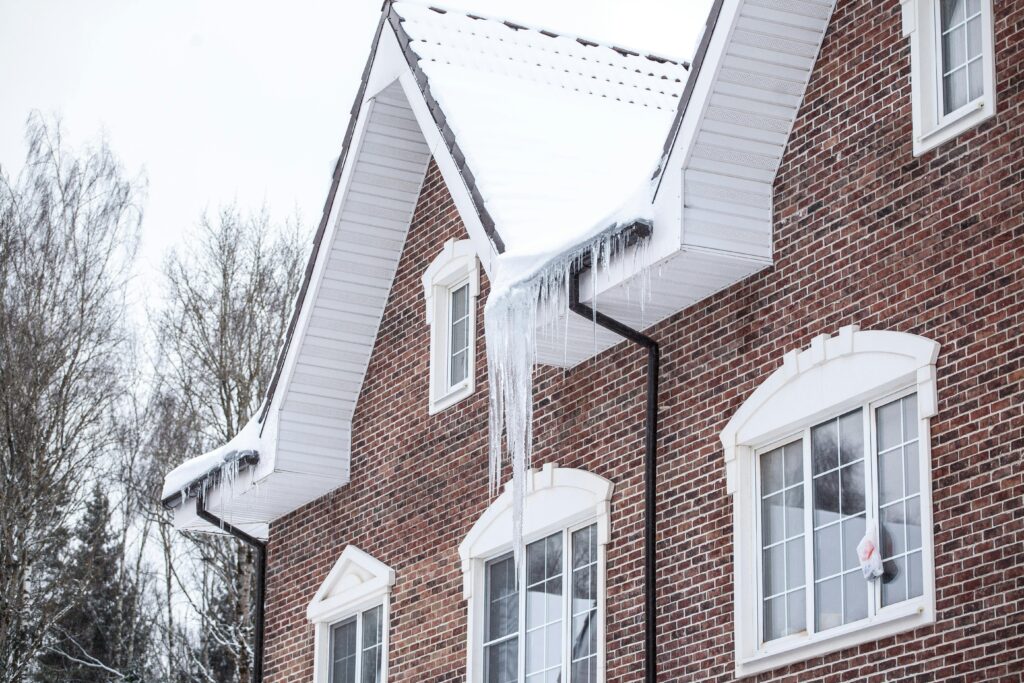
The good news? A professional-grade winterizing plan doesn’t just protect your property; it also makes your home more comfortable and reduces the stress of winter upkeep. Below are expert strategies to ensure your home is ready for the cold season ahead.
1. Inspect and Seal Windows & Doors
One of the simplest and most cost-effective steps is sealing air leaks around windows and doors. Even small drafts can add up, forcing your furnace to work harder.
How to do it:
- Inspect the caulking and weatherstripping around frames.
- Replace any cracked or missing seals.
- Clean window tracks to ensure they close tightly.
- For added protection, consider shrink-wrap window film to create a temporary insulation barrier.
Time & Cost: 1–2 hours of DIY work, with materials costing between $20 and $100. The payoff is immediate in reduced heating loss.
2. Service Your Heating System
Your furnace is the heart of your home in winter. If it fails, repairs can be expensive and leave you shivering until help arrives. A well-maintained heating system can lower energy bills by up to 15% and extend the life of the unit.
How to do it:
- Schedule a professional tune-up before winter hits.
- Change or clean furnace filters monthly.
- Test your thermostat to ensure it responds accurately.
Time & Cost: Annual professional check takes 1–2 hours, typically costing $80–$150.
3. Protect Plumbing From Freezing
Frozen pipes are among the most expensive winter home disasters, often leading to thousands in repairs.
How to do it:
- Insulate exposed pipes in basements, garages, and crawlspaces.
- Drain exterior faucets and disconnect hoses.
- Shut off unused water lines if leaving the home vacant.
- For snowbirds, consider a professional plumbing winterization service that fully drains the system.
Time & Cost: 2–3 hours of work, $50–$200 for materials like pipe insulation and faucet covers.
4. Roof & Gutter Prep
Ice dams and roof leaks are often preventable with proper fall maintenance.
How to do it:
- Clean gutters of leaves and debris so melting snow can drain.
- Inspect shingles for damage and repair as needed.
- Check flashing around chimneys and vents.
- Install heat cables in problem areas if necessary.
Time & Cost: Half a day of work. DIY cleaning may cost nothing beyond time, while professional gutter cleaning or repairs can range $150–$500.
5. Decks, Patios, and Exterior Surfaces
Wood and concrete take a beating from freeze-thaw cycles. Protecting them now avoids costly repairs later.
How to do it:
- Clean decks and patios thoroughly.
- Reseal or stain wood surfaces before snow arrives.
- Store or cover outdoor furniture.
- Inspect for rot, cracks, or loose boards.
Time & Cost: 2–4 hours, $50–$300 depending on whether you DIY or hire out sealing.
6. Snow & Ice Preparedness
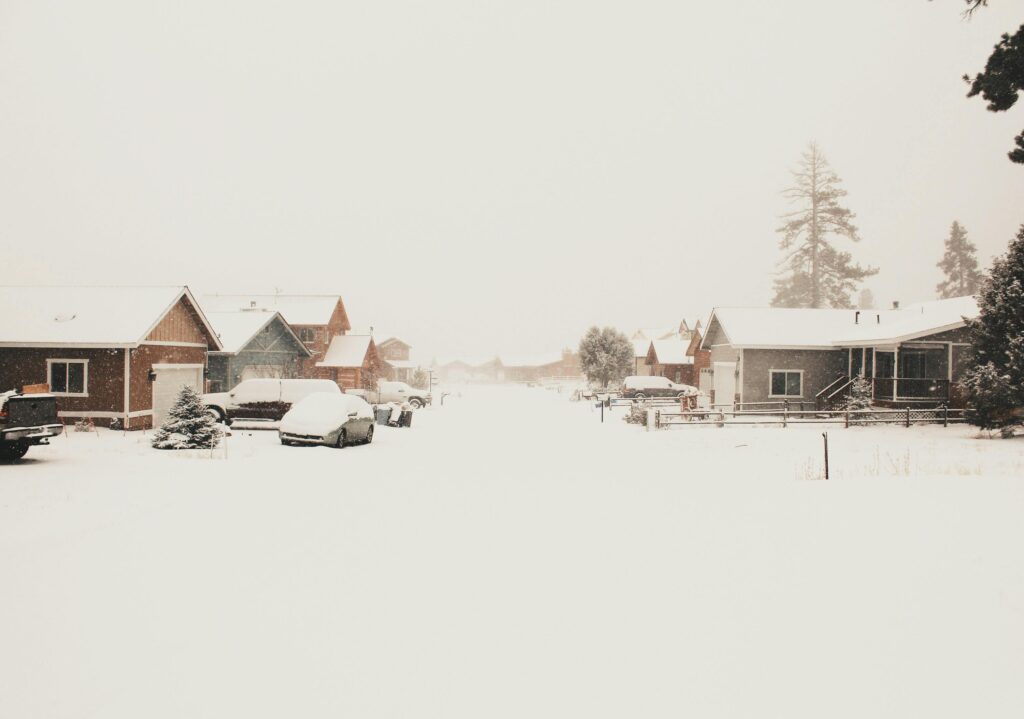
Being proactive with snow management reduces hazards and protects your home.
How to do it:
- Stock up on ice melt or salt pucks for driveways and walkways.
- Service your snow blower before the first storm.
- Keep a roof rake handy to safely remove excess snow from eaves.
Time & Cost: Prep time varies. Expect $50–$400 for supplies and equipment.
7. Yard, Trees, and Outdoor Plumbing
Your landscaping can either protect your home—or put it at risk.
How to do it:
- Trim overhanging branches that could fall under snow load.
- Shut down sprinkler systems and drain irrigation lines.
- Store garden hoses indoors to prevent cracking.
Time & Cost: 2–3 hours of work, $50–$250 depending on whether you hire tree trimming services.
8. Check Attic Insulation and Ventilation
Poor attic insulation is a leading cause of ice dams and mold.
How to do it:
- Inspect insulation depth (Minnesota homes typically need 16–18 inches).
- Add soffit and ridge vents for airflow.
- Seal gaps around pipes, chimneys, and wiring that leak warm air.
Time & Cost: Half day to full day. Professional upgrades may range from $300 to $1,500, but savings on heating bills and prevention of costly damage make this worthwhile.
Conclusion: Call Compass for Professional Winter Prep
Winterizing your home isn’t just about surviving the cold—it’s about protecting your biggest investment. With a professional-grade winterizing plan, you can save money, avoid costly repairs, and enjoy peace of mind whether you’re living in your home all winter or heading south.
If you discover issues while winterizing, Compass Exteriors is here to help. From inspecting your roof and gutters to upgrading insulation and sealing drafts, our team ensures your home is prepared for whatever Minnesota winter brings. Contact us today to schedule your winter inspection and protect your home like a pro.

